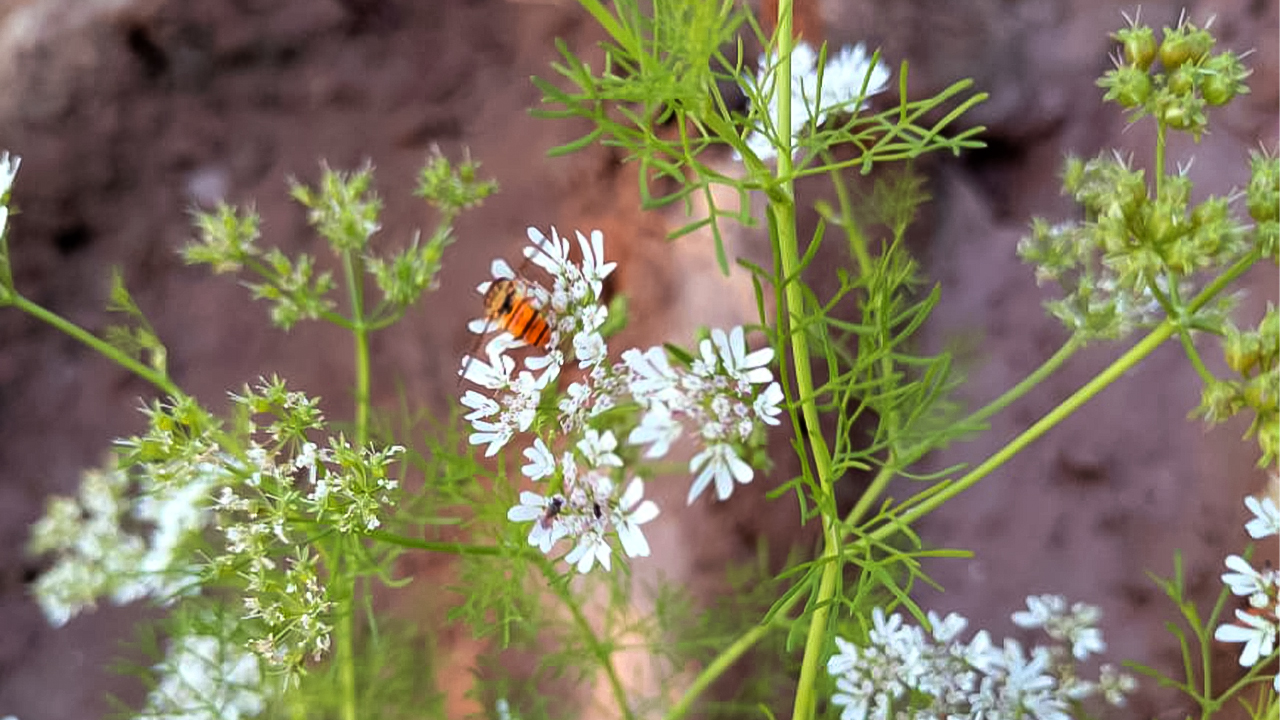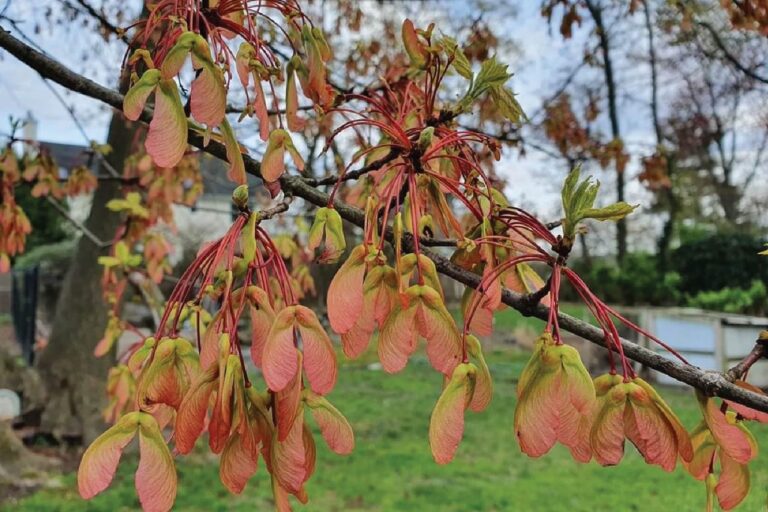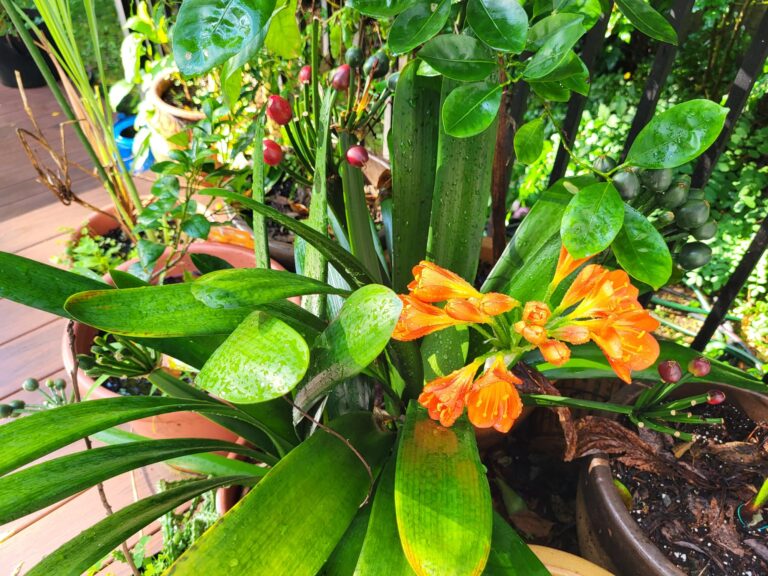Nature’s Allies: A Comprehensive Guide of 4 Major Categories of Beneficial Insects
Introduction
As the brilliant colors of spring emerge, nature’s allies become active, and gardeners eagerly prepare to cultivate their green areas. Despite the thrill of selecting seeds, planting, and nurturing, an often-overlooked facet of gardening emerges the work of beneficial insects. These small companions are essential to maintaining a balanced ecosystem in our gardens, providing natural answers to common issues like pollination, pest management, and soil health. In this comprehensive blog, we’ll explore the fascinating world of beneficial insects that are supported by scientific data and discover how to utilize their presence for a lively and sustainable spring garden. We already discussed pollinators in our blogs, yet in this blog, we will shed light on other heroes.
1. Pollinators: Most Effective Nature’s Allies
a. Bees
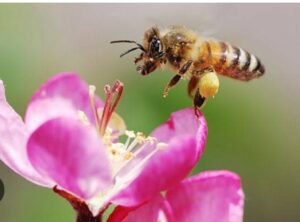
The number one nature’s allies are bees, which are important pollinators in ecosystems around the world, and help to reproduce many plant species, including many food crops. Scientific studies continually demonstrate their critical function in agriculture. For example, research published in the journal Science discovered that bees pollinate over 75% of the world’s food crops. Furthermore, research published in the journal Proceedings of the Royal Society B shows that wild bees greatly boost pollination efficiency and productivity in crops such as tomatoes and blueberries. Bees, with their incredible efficiency and efficacy, demonstrate nature’s important contribution to agricultural output and ecological health.
b. Butterflies and Moths

One of the most important nature’s allies are butterflies and moths, while widely admired for their beauty, are also important pollinators in many ecosystems. Scientific research demonstrates their significant impact on plant reproduction. According to research published in the journal Ecology Letters, butterflies and moths are important pollinators, especially in areas where other pollinators are sparse. Their lengthy proboscises enable them to obtain nectar from deep or tubular blooms, ensuring the survival of numerous plant species. Furthermore, a study published in the journal Proceedings of the National Academy of Sciences highlights the importance of moths as excellent pollinators, particularly in agricultural areas. Butterflies and moths, with their distinct adaptations, serve critical roles in preserving biodiversity and ecosystem function.
c. Beetles and Flies
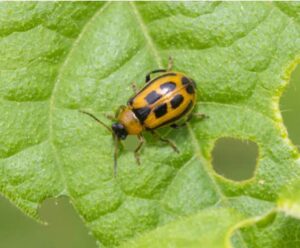
Beetles and flies, which are sometimes disregarded in talks of pollinators, are still vital contributors to plant reproduction. Scientific research has highlighted their involvement in pollination, particularly in certain plant species and environments. According to research published in the journal Ecology Letters, beetles and flies can be efficient pollinators, particularly in areas where other pollinators are sparse. Furthermore, a study published in the journal Proceedings of the National Academy of Sciences emphasizes the relevance of beetles and flies as pollinators in agricultural environments, particularly for crops with inconspicuous flowers. Beetles and flies, with their various adaptations, help to maintain ecosystem resilience and biodiversity.
2. Predatory Insects: Nature’s Pest Control Squad
a. Ladybugs (Ladybirds)
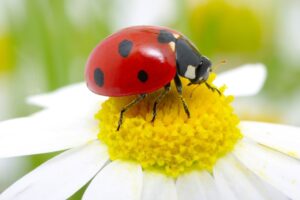
Ladybugs, sometimes known as ladybirds, have a voracious hunger for plant pests. Scientific evidence supports their efficacy as natural pest control agents. According to research published in the journal Biological Control, these tiny nature’s allies have an important role in controlling aphid populations, one of the most common plant pest. Furthermore, research has demonstrated that ladybugs can dramatically minimize insect damage to crops without the need for chemical pesticides. Their work as biological control agents promotes sustainable agriculture and ecological health. Ladybugs, with their predatory abilities, demonstrate nature’s innovative pest management techniques.
b. Lacewings

Lacewings, sometimes known as “aphid lions” in their larval phase, are strong garden pest predators. The scientific study supports their effectiveness as natural pest control agents. Lacewings have been shown in studies published in journals such as Biological Control to be capable of suppressing aphids, mites, and other soft-bodied insect populations. Lacewing larvae, with their ravenous appetite and indiscriminate feeding behaviors, are valuable friends in integrated pest management tactics. Furthermore, research has shown that these fragile nature’s allies can help manage pests in agricultural and horticultural crops, minimizing the need for chemical pesticides. Lacewings, with their efficient predation, reflect nature’s sustainable pest management strategy in gardens and agriculture.
c. Hoverflies

Hoverflies, another nature’s allies, which are often misidentified as bees due to their similar appearance, are useful insects known for their involvement in natural pest control. Scientific investigations show that they are effective predators of garden pests. According to research published in the Journal of Applied Ecology, hoverfly larvae dine on aphids, thrips, and other soft-bodied insects, which helps to control pest populations.
Furthermore, research has found that hoverflies can help with biological pest control in a variety of cropping systems, including greenhouses and high tunnels. With their ravenous appetites and vast dispersion, these quite nature’s allies help to maintain ecological balance and reduce the demand for artificial pesticides. A study published in the journal Biological Control shows that natural enemies, such as predatory insects, can successfully control pest populations and reduce the need for chemical pesticides.
3. Soil Builders: Underground Heroes
a. Earthworms
Earthworms are known as ecosystem engineers due to their significant impact on soil health and fertility are also nature’s allies. Scientific evidence constantly supports the importance of these tiny nature’s allies as soil builders. Studies published in journals such as Soil Biology and Biochemistry support earthworms’ potential to improve soil structure, nutrient cycling, and microbial activity. Earthworms increase aeration, water infiltration, and nutrient availability in the soil by burrowing and digesting organic matter, all of which are necessary for plant growth.
Furthermore, studies show that earthworms help to sequester carbon, thus lessening the effects of climate change. Earthworms symbolize nature’s vital contribution to soil health and agricultural sustainability. Research published in the journal Soil Biology and Biochemistry emphasizes the importance of earthworms in soil health and fertility.
b. Ground Beetles

Ground beetles are typically disregarded when discussing beneficial insects or nature’s allies, although they play an important role in soil health and fertility. Scientific research confirms their contributions as soil builders. Studies published in journals such as Soil Biology and Biochemistry highlight ground beetles’ capacity to improve soil structure and nutrient cycling. Ground beetles contribute to pest population regulation and soil ecosystem health by feeding on soil-dwelling pests such as slugs, snails, and caterpillars. Furthermore, research has revealed that ground beetles’ burrowing activities promote soil aeration and drainage, hence contributing to overall soil health and plant growth.
4. Companion Planting: Nurturing Diversity
a. Marigolds
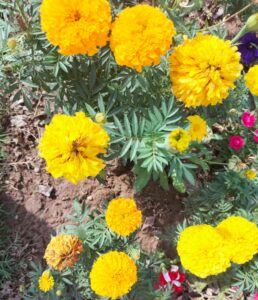
Marigolds, known for their colorful blossoms, are also nature’s allies and useful garden companions due to their pest-repelling characteristics. Scientific research confirms their efficacy in pest management. Studies published in journals such as Agriculture, Ecosystems, and Environment show that marigolds produce chemicals that repel nematodes and other soil-borne pests, minimizing crop loss. Furthermore, studies have shown that interplanting marigolds with vegetable crops can increase soil health and reduce weed growth. Marigolds, with their aromatic foliage and pest-repelling abilities, demonstrate the advantages of companion planting, helping to create healthier, more resilient garden ecosystems.
b. Dill
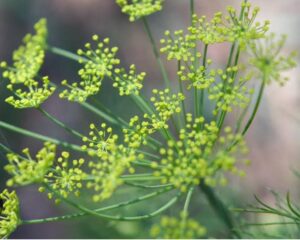
Dill, which is popular in the kitchen, is also an excellent garden companion plant. Scientific evidence backs up its significance in improving biodiversity and pest management. According to research published in the Journal of Applied Entomology, dill attracts beneficial insects like predatory wasps and hoverflies that eat aphids and other garden pests. Furthermore, studies have revealed that dill has allelopathic effects, which restrict the growth of specific weeds and reduce competition for nutrients. Dill is an excellent addition to companion planting schemes because of its capacity to attract beneficial insects while suppressing weed development.
c. Fennel
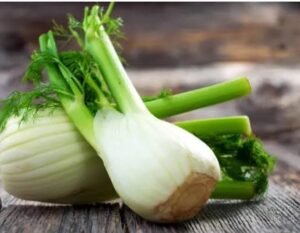
Fennel, well-known for its aromatic leaf and culinary applications, is also an excellent companion plant in the garden. Scientific study confirms its efficacy in improving biodiversity and pest management. Studies published in magazines such as Agricultural and Forest Entomology show that fennel attracts beneficial insects such as parasitic wasps and hoverflies, which feast on aphids and other garden pests. Furthermore, studies have revealed that fennel produces chemicals that repel specific insect pests, hence lowering crop damage. Fennel, with its ability to attract beneficial insects and repel pests, is an invaluable ally in promoting ecological balance and garden health.
Conclusion
As you begin your spring gardening trip, keep in mind that beneficial insects are more than just visitors; they are nature’s allies and very essential collaborators in producing a vibrant environment. By embracing their pollination powers, pest control abilities, and soil health contributions, you can create a garden that is not only attractive but also sustainable and resilient. Whether you’re an experienced gardener or just getting started, integrating measures that promote beneficial insects is a step toward a healthier, more vibrant garden and a greener planet for future generations.
So accept these small allies and let them do their magic in your spring garden. This guide has looked at the various roles these nature’s allies played in supporting a healthy spring garden, including pollination, pest management, soil health, and habitat construction. Armed with this information and practical advice, you’re ready to harness the power of nature’s allies and build a vibrant ecosystem in your backyard.

